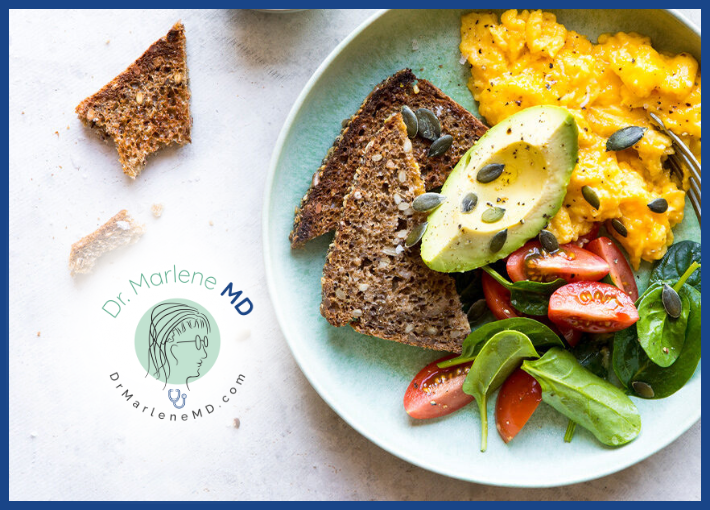I looked at my plate of food and wandered, are you part of my EveryWAY Nutrition? What is your density? Density as in weight, pounds, or kilograms? Density as in volcanic rock density?
No, density as in food, nutrient-dense or energy-dense food. The battle of the nutrient-dense versus energy-dense is in full throttle. EveryWAY Nutrition will determine the winner.
This nutrient-dense concept is part of that famous 2020 year. Ugh! December 29, 2020 brought to the world the “Dietary Guidelines for Americans 2020-2025” from the United States Department of Agriculture (USDA). What to eat: “nutrient-dense food”.
The easy, non-dense way to understand food density is nutrient-dense is low in calories, high in nutrients; energy-dense is high in calories and low in nutrients.
Hey, food, are you nutrient-dense? The food looks at me, begging me to chow down but stubbornly remaining silent. If this food looks like its food source, then most likely the answer is yes, this food is nutrient dense.
The USDA probably feels obligated to define these terms with a long expose using foodie lingo. Nutrient-dense foods are “Vegetables, fruits, whole grains, seafood, eggs, beans, peas, and lentils, unsalted nuts and seeds, fat-free and low-fat dairy products, and lean meats and poultry—when prepared with no or little added sugars, saturated fat, and sodium” and contain vitamins and minerals with little added sugars, saturated fat, or sodium. Got it!
Proud to be in the energy-dense column are processed snacks, cakes, candy, cookies, sugary beverages, and other food products. They are made in factories, not grown by the farmer. Never saw a farmer tending a field growing chips! These foods are on the USDA unhealthy, best not to eat, list, my EveryWAY Nutrition list. Energy-dense food, once consumed, gives you a jolt of energy, a kilowatt of electricity, several volts, a big bang. Shockingly true, with a long ingredient list of chemicals and other hard-to-pronounce substances.
EveryWAY Nutrition promotes consuming nutrient-dense food, those fruits, vegetables, beans in easy to recognize form. Nutrient-dense food helps to decrease chronic diseases such as Diabetes and heart disease. Knowledge is power. Ultimately, the winner in the battle of food density is you.

